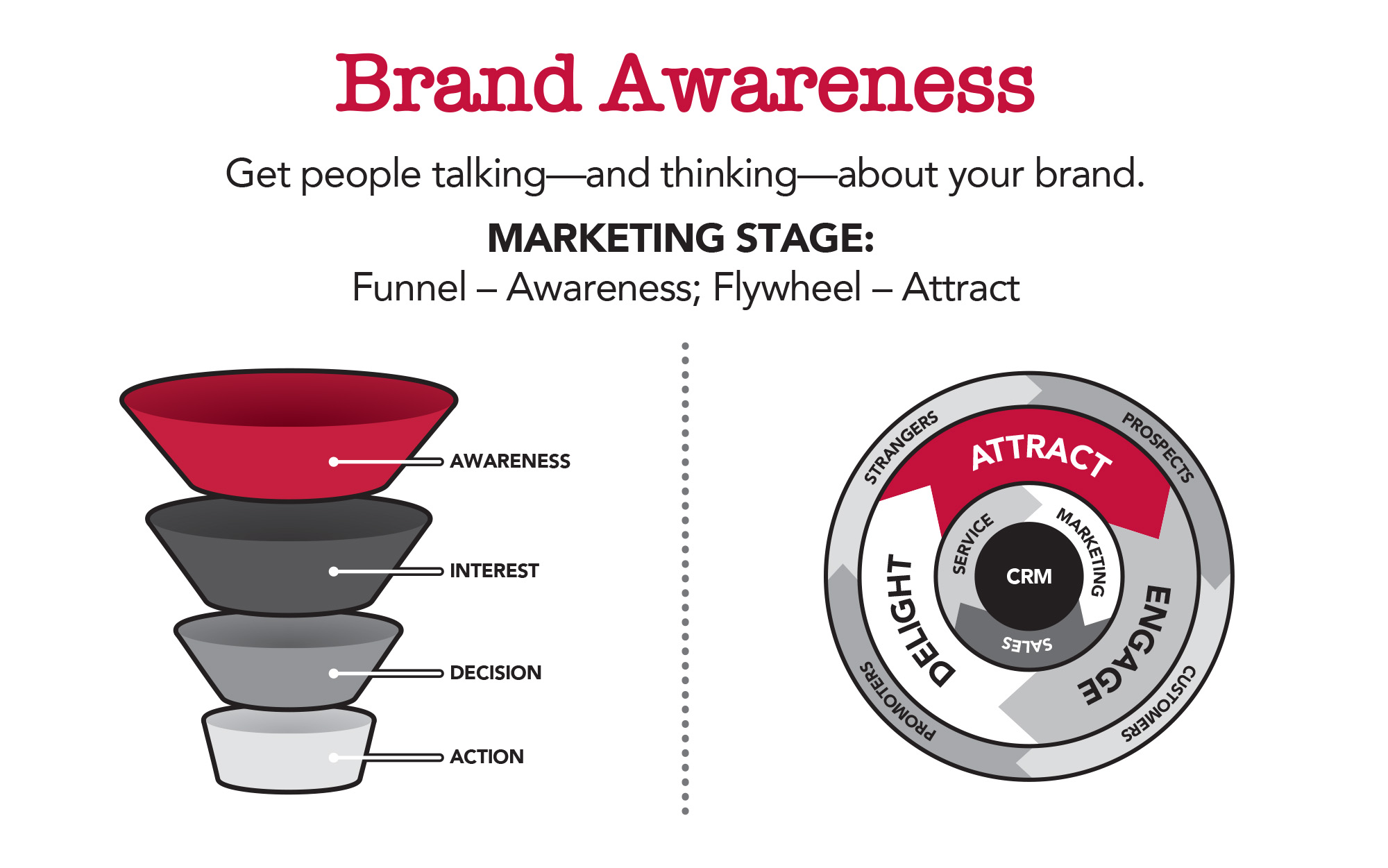So you want to promote your newly launched brand, boost your lead pipeline and improve your customer experience. Great! But is your digital strategy in line with these goals?
We created an exercise to help you test if you’re able to pair your top marketing objectives with the digital channels that best help you reach your goals.
While the channels will vary based on your audience, budget, ad format and product/service offerings, this will give you an overall picture of what works best where, and how to start narrowing down your tactics once you have your goals in place.
How to Play the Digital Match Game
Draw a line from each objective to the most relevant digital channels. Hint: each objective will match with at least three channels.
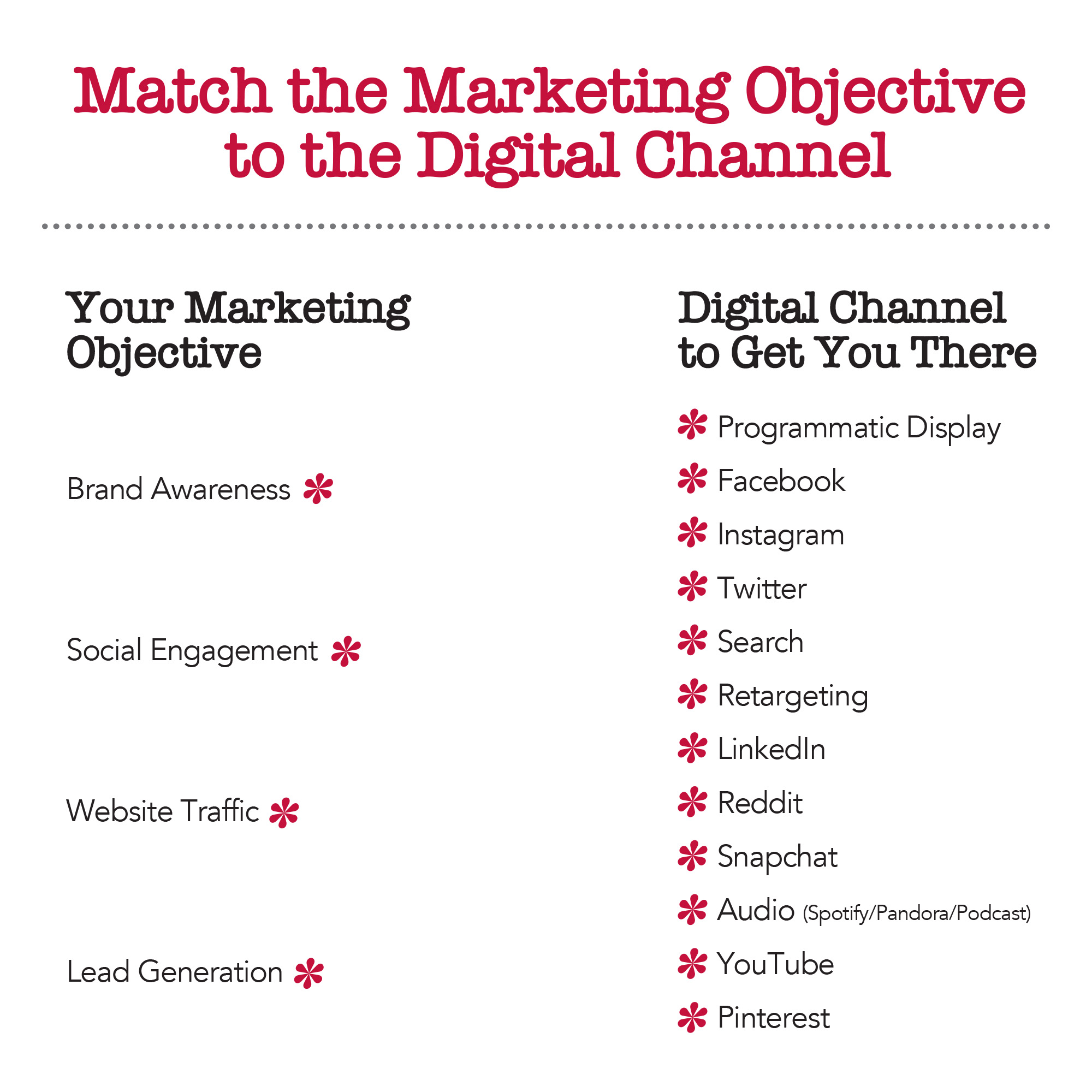
{{cta(‘6ca894de-f5f6-4df8-903a-3611ca94aff6’)}}
Aligning Your Objectives with the Right Digital Channels
So…how’d you do? If you didn’t get all the answers right, don’t sweat it. Let’s revisit the customer journey and why it’s important to your marketing strategy.
Whether your process involves a marketing funnel, flywheel or some other third variation, there are certain steps every marketer must take to grab a prospect’s attention, peak their interest, stand out from the competition, and finally, get them to take a predefined action.
Each marketing objective corresponds to a stage of the buyer’s journey and directly influences how potential customers interact with your advertising.
A closer look at the different objectives:
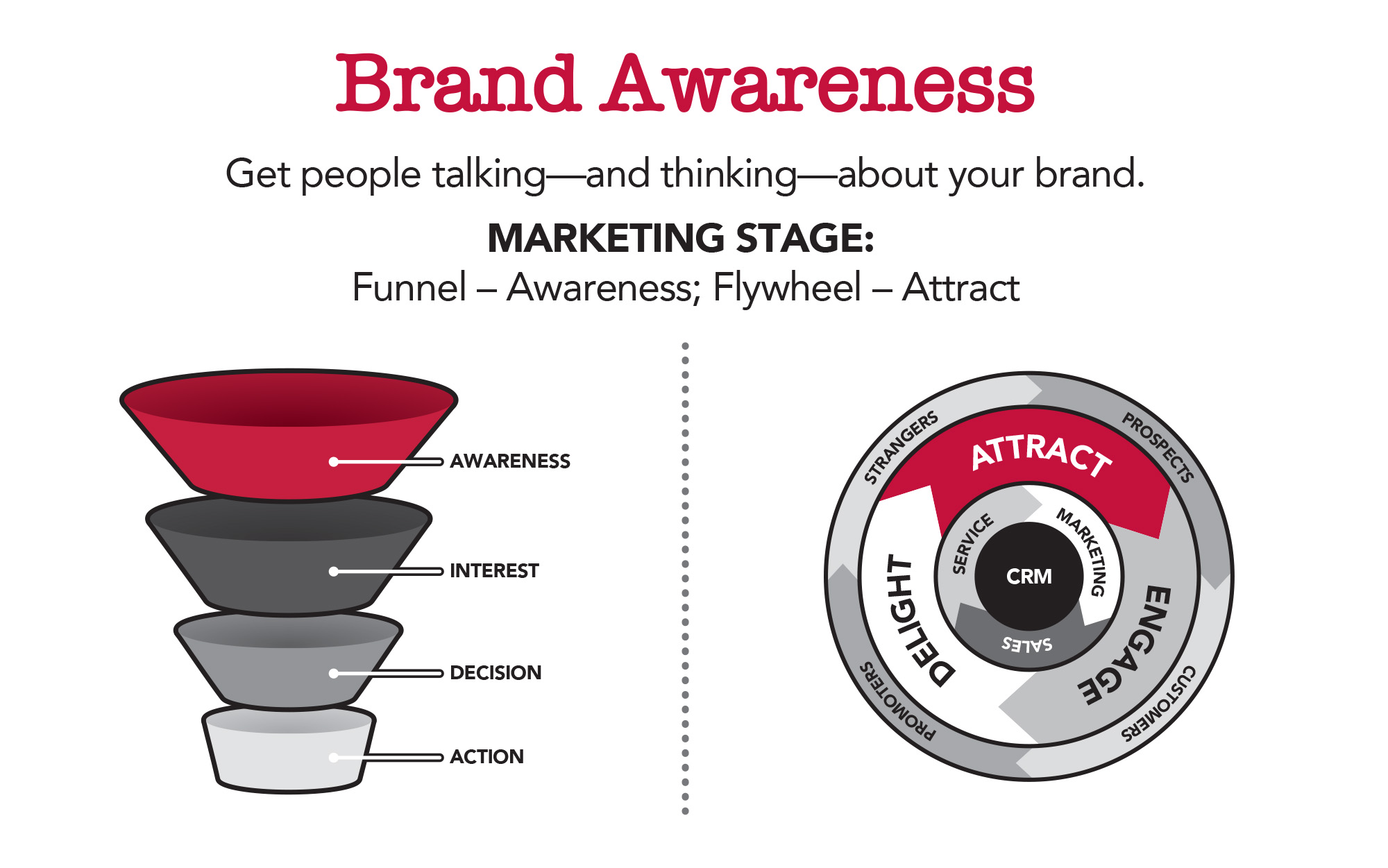
Have you recently revamped your brand and want to show it off? Do you have a new product or service offering that needs to gain traction in the marketplace? Brand awareness campaigns help you reach people more likely to pay attention to your ads and increase familiarity of your brand.
Top Channels for Building Brand Awareness:
Programmatic Display – Reach visitors browsing content on similar websites or who fit into custom intent audiences and stand out with animated display ads.
YouTube – Ever heard of Purple Mattress? Their impressive YouTube campaign utilizing entertaining and informative video ads with strategic targeting led them to become a household name overnight.
Instagram – Showcase imagery of a new brand or product launch, or try strategic influencer marketing, which has long dominated this channel. #RefreshtheFeed
Audio (Spotify/Pandora/Podcast) – Streaming is the new radio, and when positioned correctly with the right messaging, a great way to reach consumers who haven’t been exposed to your brand yet. Podcasters have typically built up a large amount of trust with their following, causing their advertising to be highly influential.
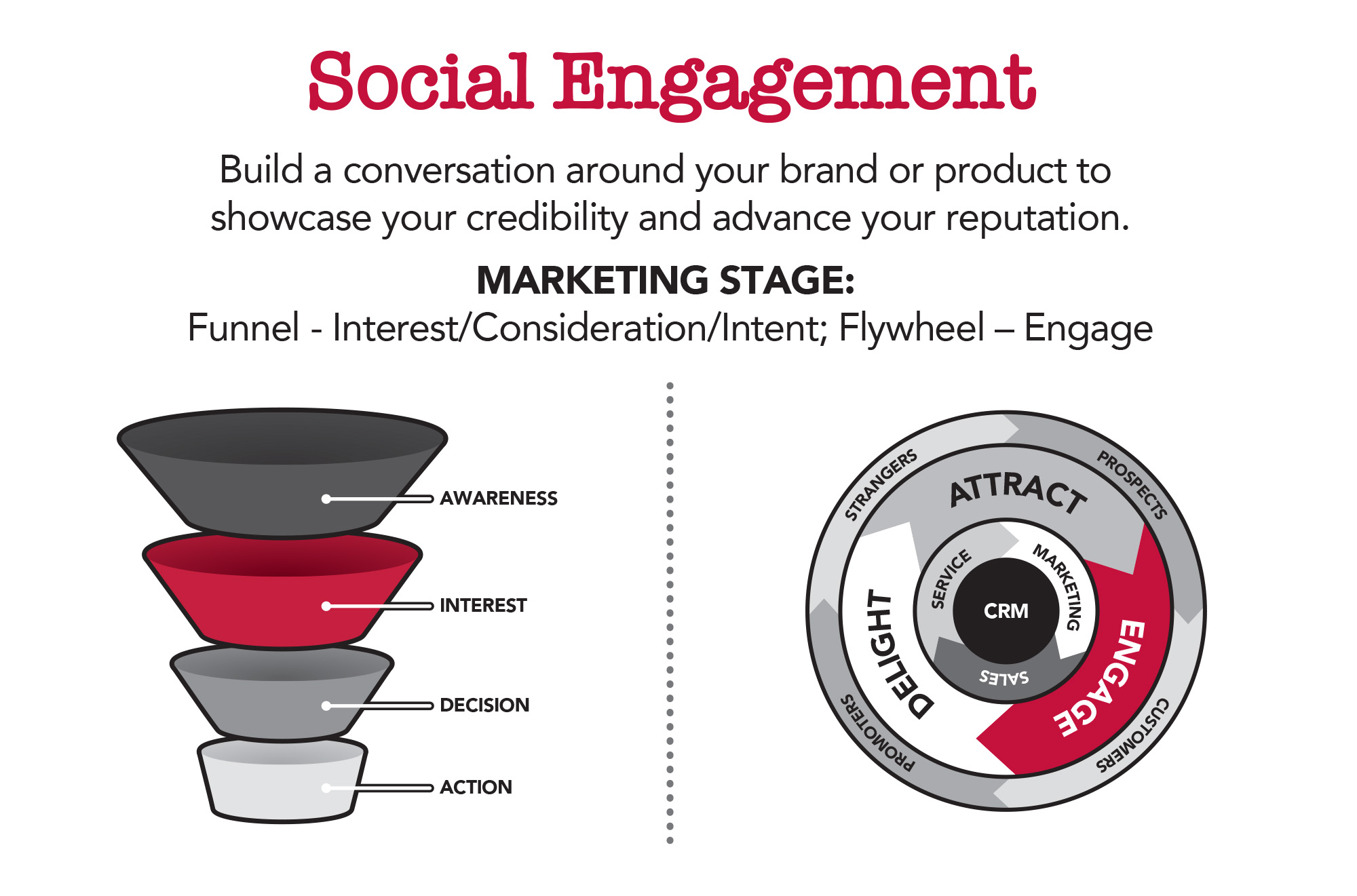
Whether you’re on Amazon, Target or Google, chances are you check out other customer reviews before purchasing an item. This is the make-or-break moment that determines whether or not you hit “Add to Cart” or resume your browsing elsewhere.
Your social media engagement (comments, shares, likes, event responses, etc.) is a lot like your product reviews. Your supporters act as unofficial influencers and promoters that help you build a strong, active following—they prove that others find value in your company. That you’re cartworthy.
Top Channels for Social Engagement:
Facebook – Having a strong foundation through page likes and reviews on Facebook can give an edge to your business as users research products.
Twitter – Twitter’s platform is built around conversation, often in witty and clever ways. Because paid ads almost blend in with organic posts, it can be an effective channel to increase engagement, especially for a targeted audience.
Reddit – Reddit continues to grow its advertising presence, but does come with a highly critical audience. Winning over this audience can be a major asset to your business.

You’d like to boost the activity on your website and build momentum for your product or service. Maybe your website features an image gallery, testimonials or case studies, and you want to give your prospects the opportunity to explore your offerings without pushing a hard sell.
Top Channels to Increase Website Traffic:
Facebook – Leverage your existing page followers or customer list to feature new products or create “lookalike” lists to expand your reach. Feature various offerings or pages of your website with carousel ads.
Snapchat – Video content performs well on Snapchat. Because it’s often short and to the point, it can be a great way to encourage younger users to visit your website to learn more.
Pinterest – Pinterest can be a great channel for promoting content. Through blog posts, listicles and helpful tips and tricks, users searching for new ideas are sent to your website to get more information.
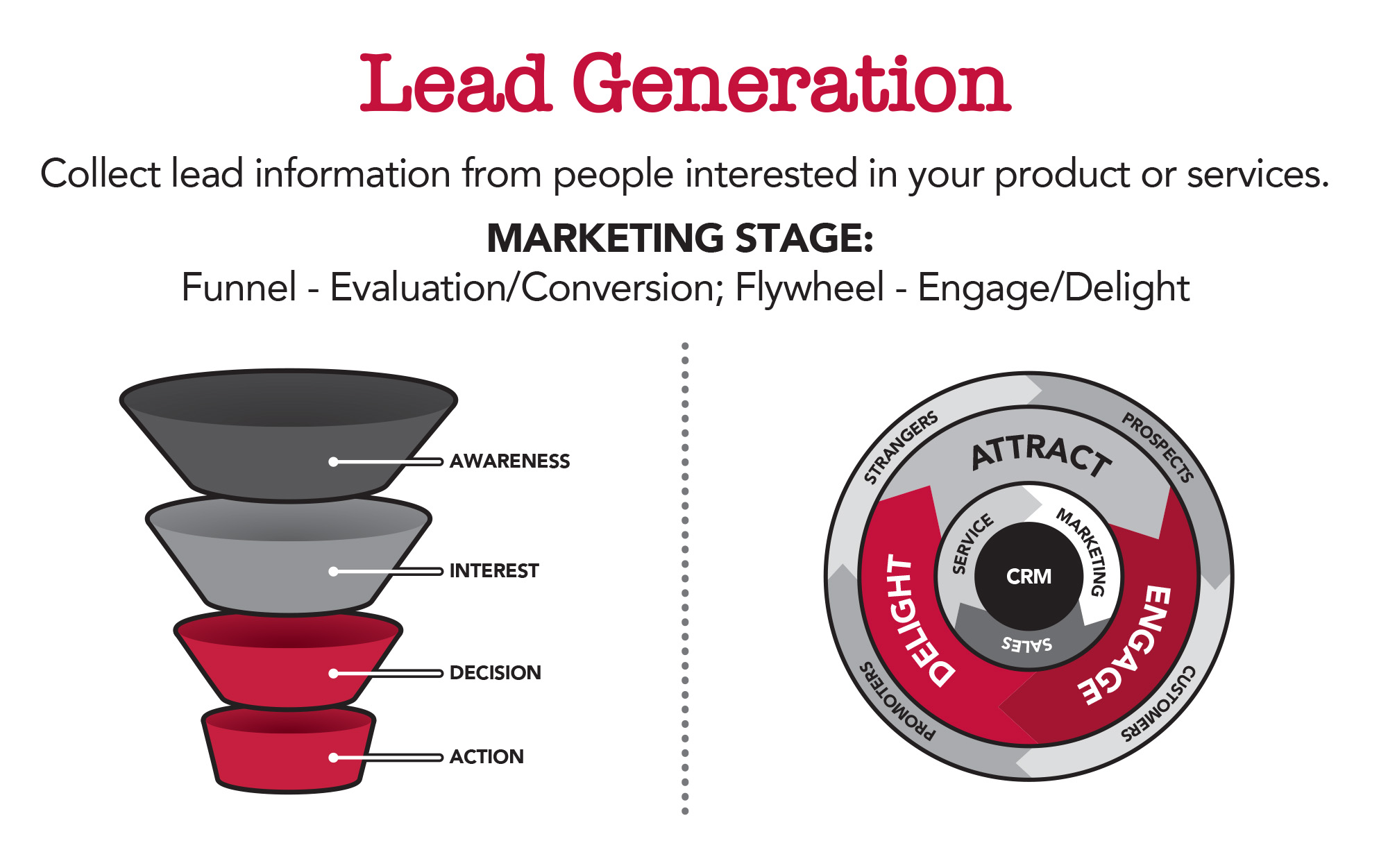
The driver behind everyone’s business—gaining more customers.
Unless you only live in the world of e-commerce, most of the time your product or service will have a longer conversion cycle, meaning it takes a while for customers to convert once they’re initially exposed to your brand. In this case, more personalized lead nurturing is often needed via email, phone or text—but digital campaigns with strategic calls-to-action can also be used to capture prospect information and build your pipeline of potential customers.
Top Channels for Lead Generation:
Search – Capitalize on users already searching for similar keywords. Promote CTAs for buying a product or submitting an email to learn more information through personal follow-up or a whitepaper download.
Retargeting – Stay top of mind with users that have already engaged with your brand to help nurture them through the funnel. Many platforms (Google, Facebook, Instagram, YouTube, LinkedIn, Twitter, etc.) offer the opportunity for retargeting.
LinkedIn – Certain campaigns targeted towards professionals perform very well on LinkedIn because unlike other social media channels where users are primarily browsing for entertainment, LinkedIn users are looking for something specific: a new job, a particular company or building a certain relationship. The ability to target by background and career stage with the option to send personalized InMail ads increases conversion rates and lead quality on this platform.
As you can see, our recommendations end up looking like quite the jumbled mess, but that can be the nature of digital advertising! As I mentioned above, every campaign will be different. Digital strategy is also greatly impacted by target audience, budget, ad format and product/service offerings—there’s never a “one-size-fits-all” solution. The important part is making sure you’re taking the time to plan your goals, define your personas and ensure your advertising dollars correspond with each step of your customer journey.
That’s where we come into play. Need a hand crafting your master digital marketing plan? Start the conversation with de Novo.

